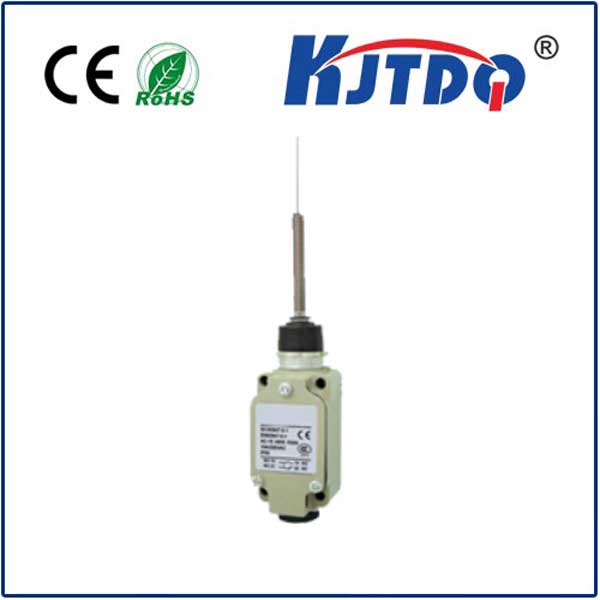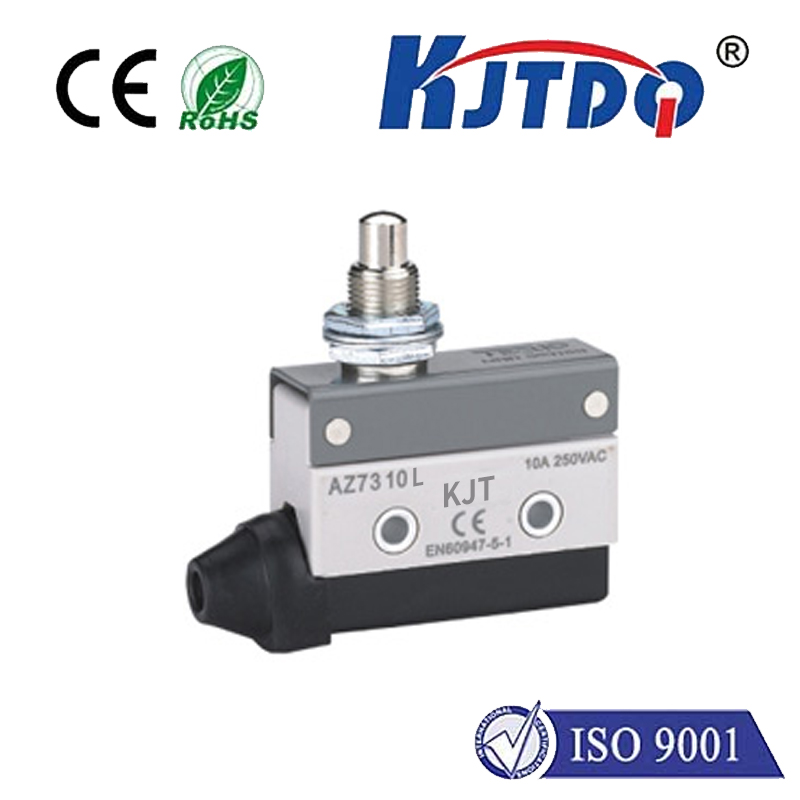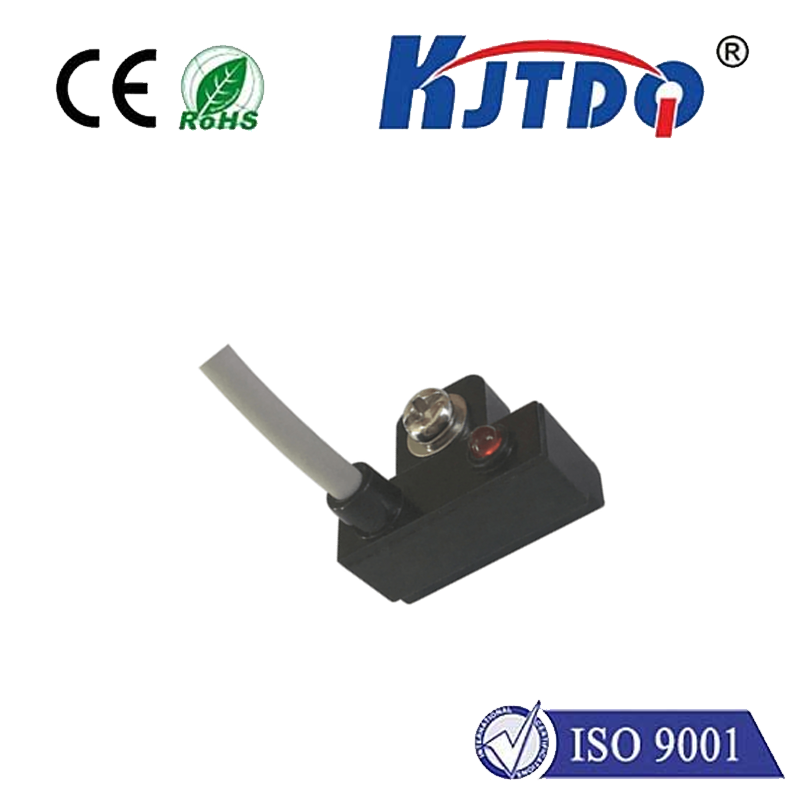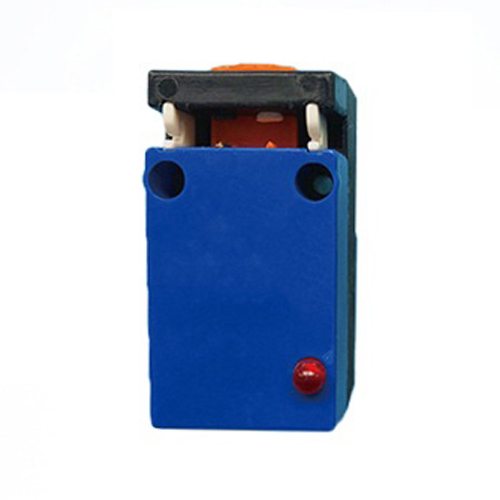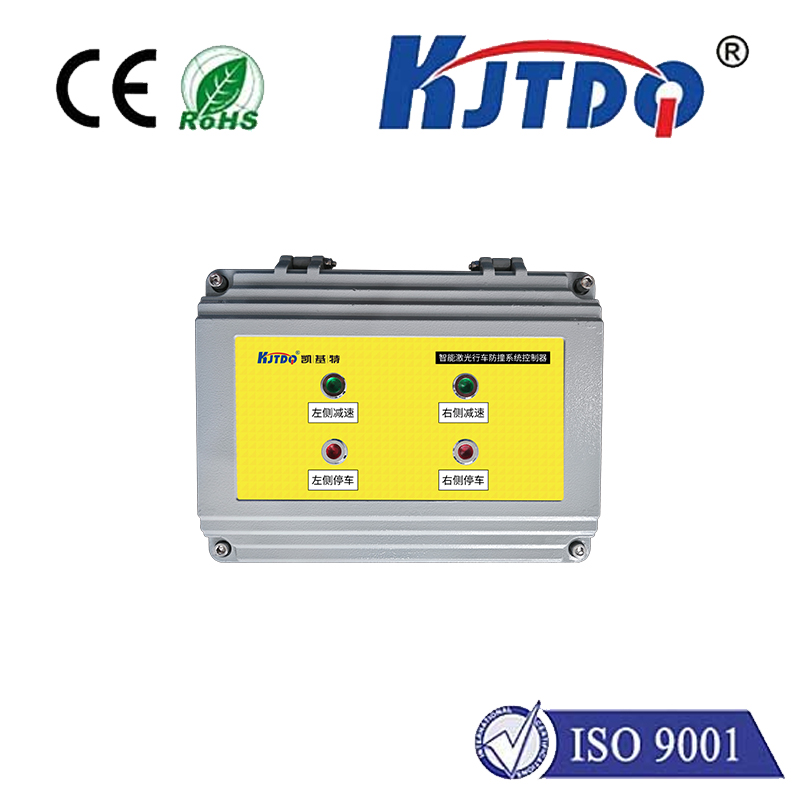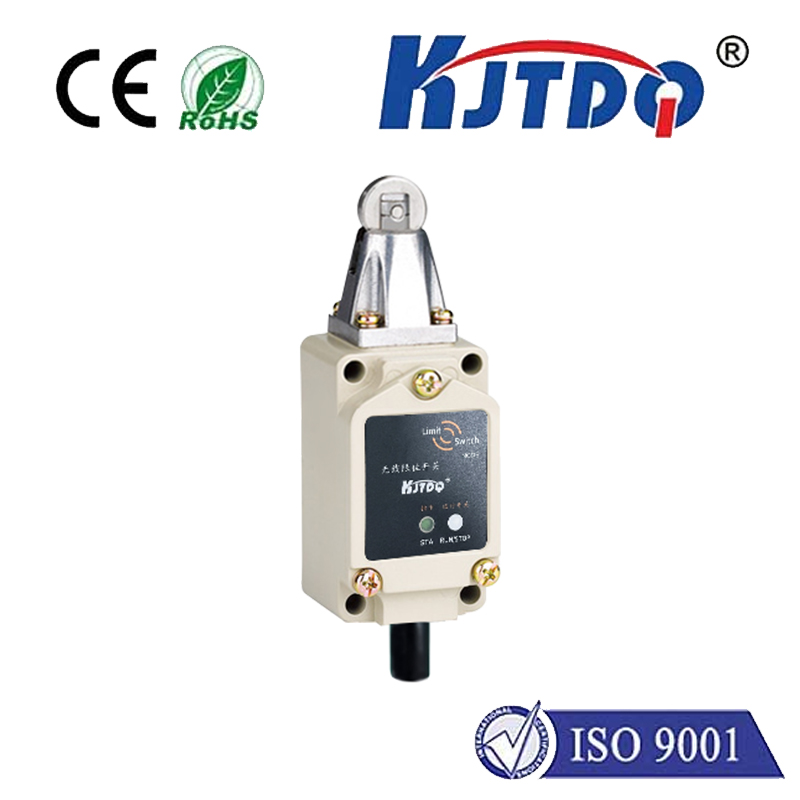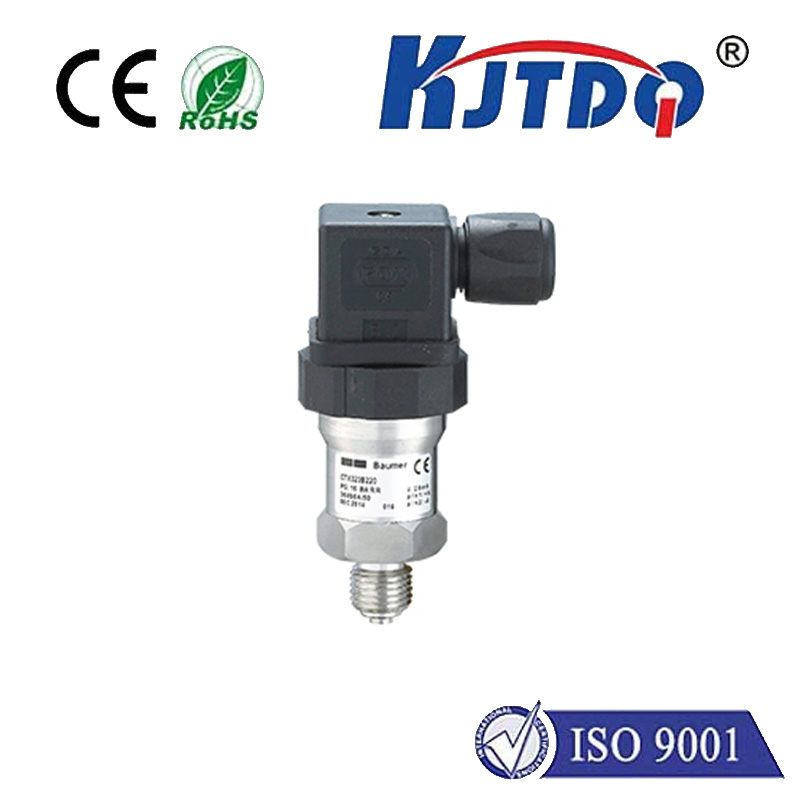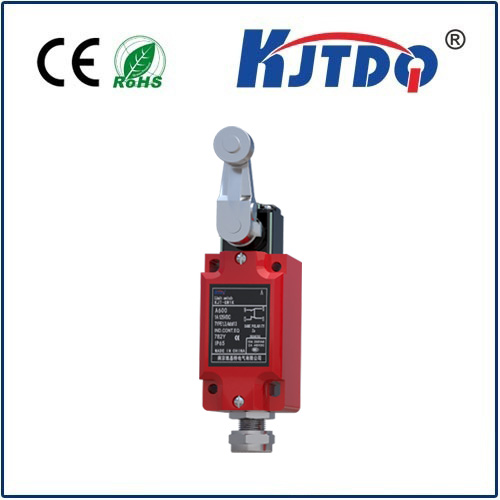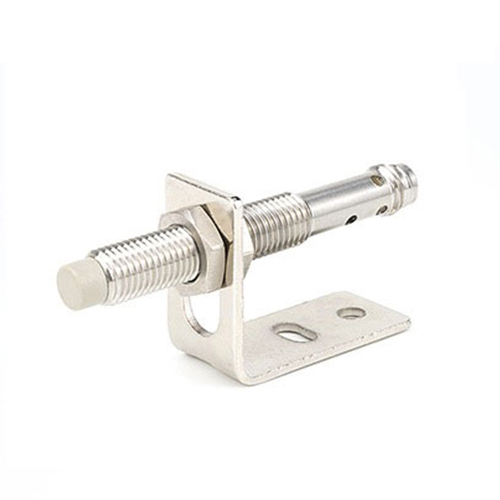oil tight limit switch
- time:2025-08-06 13:24:01
- Click:0
Oil Tight Limit Switch: Safeguarding Operations in Challenging Industrial Environments
Imagine a critical piece of machinery deep within a bustling manufacturing plant or a remote oil pumping station. Lubricating oil flows freely, dust hangs heavy in the air, and high-pressure washdowns are a daily necessity. Now, envision a standard electrical switch tasked with monitoring a vital position or confirming a safe state within this unforgiving setting. Without protection, oil seeps in, dust coats contacts, and water causes short circuits – leading to switch failure, unplanned downtime, costly repairs, and potentially hazardous situations. This common industrial nightmare underscores the indispensable role of a specialized component: the oil tight limit switch.
An oil tight limit switch is far more than just a sensor; it is an engineered solution designed specifically to withstand environments where fluids like oils, coolants, hydraulic fluids, grease, dust, moisture, and corrosive elements are prevalent. These robust switches provide reliable position sensing, object detection, or travel limitation for machinery and processes operating under demanding conditions, acting as vital control points in automated systems.
Why “Oil Tight” Protection is Non-Negotiable
Standard limit switches, while effective in clean, dry locations, are ill-equipped for the assault common in harsh industrial settings:

- Ingress Failure: Oil, grease, and other viscous fluids can penetrate switch housings through seals, gaskets, or conduit entries. This contamination fouls electrical contacts, leading to signal failure, arcing, corrosion, and eventual switch malfunction.
- Component Degradation: Many fluids can chemically attack and degrade standard plastic switch bodies or internal components over time, compromising structural integrity and electrical insulation.
- Dust and Debris Accumulation: Fine particles like metal shavings, wood dust, or flour can infiltrate switches, building up and interfering with the mechanical operation of the actuator or bridging contacts.
- Moisture and Corrosion: Humidity, condensation, splashes, or washdowns introduce moisture, causing corrosion of metal parts and creating paths for electrical leakage or shorts.
- Mechanical Impact and Vibration: Industrial environments often involve heavy machinery, conveying systems, or moving parts that subject switches to physical shock and constant vibration, demanding robust construction.
An oil tight limit switch is built from the ground up to counter these specific threats, ensuring consistent performance and longevity where it matters most.
Engineering Resilience: Key Features of Oil Tight Switches
The reliability of these switches stems from several core design elements:
- Superior Sealing and Enclosure Ratings: This is paramount. Oil tight limit switches typically achieve high Ingress Protection (IP) ratings (like IP67, IP68, IP69K) signifying complete protection against dust ingress (6X) and resistance to powerful water jets or immersion (7/8/9K). Crucially, they also often meet NEMA 4, 4X, 6P, or 13 standards, which specifically address protection against oil and coolant seepage, hose-directed water, external ice formation, and corrosive agents. Look for NEMA 4X as a common benchmark for harsh, washdown, and oil-rich environments.
- Robust Construction Materials: Housings are frequently crafted from heavy-duty, corrosion-resistant materials like stainless steel (Type 316L is common for extreme corrosion resistance) or specialized, high-impact engineering polycarbonates and phenolics. These materials resist chemical attack from oils, solvents, and cleaning agents.
- Reliable Sealing Methods: High-quality gaskets (EPDM, Nitrile, Viton) and O-rings form tight seals at all potential ingress points – housing seams, conduit entries, and around the actuator shaft. Hermetically sealed internal contacts offer an additional layer of protection against environmental contaminants reaching the electrical elements.
- Durability in Actuation: The mechanical actuator (lever, roller plunger, wobble stick) and internal mechanisms are designed for millions of operations under load. Sealed bearings and hardened components resist wear and prevent contamination ingress through moving parts.
- Secure Electrical Connections: Options include ruggedized condulet hubs (NPT or Metric threaded) with integral seals, or specialized M12 or M23 quick-disconnect connectors that maintain environmental integrity.
- Explosion-Proof Options: For hazardous locations where flammable gases, vapors, or combustible dust are present (like refineries, grain silos), intrinsically safe or explosion-proof certified (e.g., ATEX, IECEx, UL HazLoc) oil tight limit switches are essential safety components.
Where Reliability Cannot Be Compromised: Key Applications
The unique resilience of oil tight limit switches makes them vital across numerous demanding industries:
- Food & Beverage Processing: Exposed to constant washdowns with water, steam, caustic cleaning chemicals, food oils, grease, sugars, and dust. Used on conveyors, filling machines, mixers, and packaging lines. Stainless steel construction is often mandatory here.
- Chemical & Pharmaceutical Manufacturing: Handling aggressive solvents, acids, alkalis, powders, and requiring stringent hygiene protocols. Position sensing on reactors, valves, and automated chemical handling systems.
- Oil & Gas Exploration/Refining: Subjected to crude oil, drilling mud, hydraulic fluids, salt spray, extreme temperatures, vibration, and hazardous atmospheres. Critical for valve position indication, pump control, and safety interlocks on rigs, pipelines, and refineries. Explosion-proof ratings are frequently required.
- Metalworking & Machining: Splashed with coolant oils, cutting fluids, metal chips, and grinding dust. Used on CNC machines, robotic arms, transfer lines, and stamping presses for tool positioning, part detection, and safety guarding.
- Material Handling & Logistics: Operating in dusty warehouses, exposed to weather in outdoor yards, or within systems using hydraulic power. Employed on conveyors, automated guided vehicles (AGVs), crane systems, and lifting equipment.
- Pulp & Paper Mills: Damp, corrosive environments with chemicals, steam, and fibrous dust. Position feedback on rollers, cutters, and drives.
- Heavy Equipment & Agriculture: Cranes, excavators, agricultural machinery, and mining equipment face mud, dust, rain, vibration, and hydraulic oil exposure. Used for boom positioning, implement control, and safety limits.
Deploying with Confidence: The Tangible Benefits
Choosing and correctly installing the right oil tight limit switch delivers significant operational advantages:
- Maximized Uptime & Productivity: By preventing failures caused by environmental contamination, these switches drastically reduce unscheduled downtime and costly production interruptions.
- Reduced Maintenance Costs: Their robust design and sealed construction mean fewer replacements, less cleaning, and lower labor costs associated with switch maintenance.
- Enhanced Safety: Reliable operation creates safer working environments. They prevent malfunctions that could lead to machinery operating unexpectedly or safety systems failing, particularly vital in hazardous locations.
*






